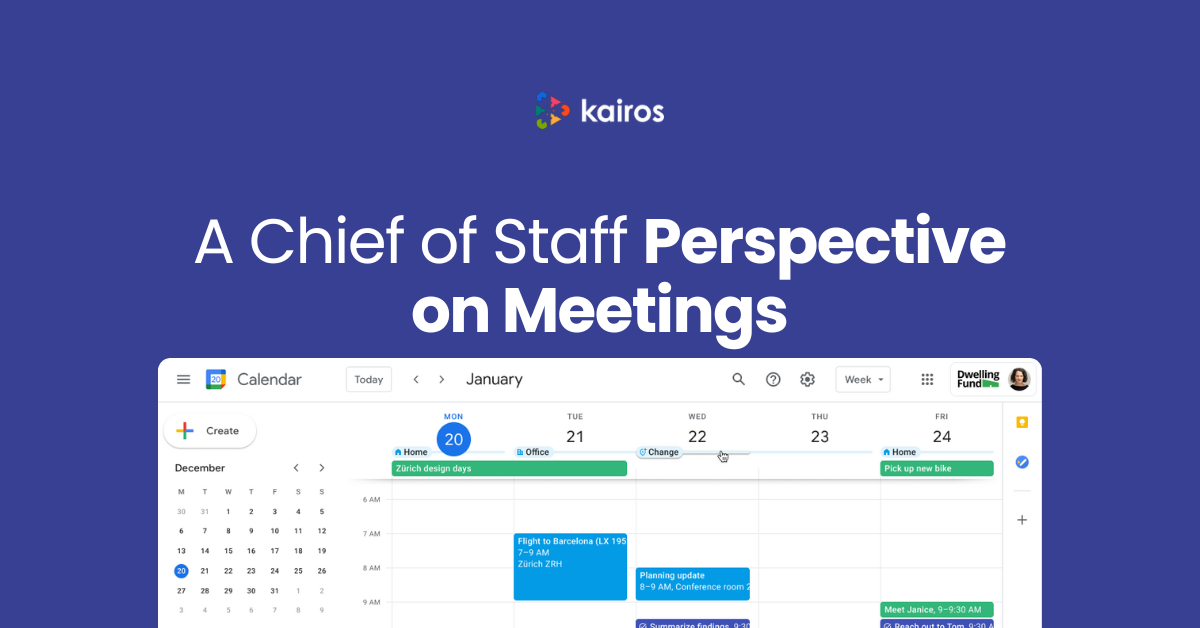The Thoughtful Leader’s Guide to Implementing AI
The pressure to embrace AI is real—and swelling. With 75% of knowledge workers already using AI at work (often on their initiative), companies are racing to AI with the fervor of Yukon gold miners. And like gold in 1847, AI will change the future of work, economics and labor.
It’s creating a rush to “do more with less,” but many companies aren’t asking a critical question: What do we actually need to do?
This isn’t just about keeping up with the hype. It’s about making deliberate, informed decisions—ones that align with your goals and empower your team. In this guide, we’ll break down how to approach AI through a thoughtful, critical lens - rather than a FOMO-fueled trend cycle - to unlock its potential for your business.
The Pressure to Adopt AI is REAL
It’s been presented as the ultimate efficiency hack—a way to slash costs and boost output. And while it’s true that AI is incredible, it’s nurturing a collective “do more with less” mentality that is starting to look like a cautionary tale.
Prioritizing speed over thoughtful integration often leads to misaligned tools, employee pushback, and missed opportunities to actually grow.
It’s a call for thoughtful leaders to pause and consider: are we equipping our teams for success, or are we creating a digital house of cards?
Shifting the Conversation Around AI in the Workplace
AI works best when treated as a teammate rather than a competitor. Tools that enhance decision-making by uncovering inefficiencies or crafting smarter agendas empower employees to focus on what they do best: creative, high-impact tasks. This shift frames AI as a tool to amplify human strengths rather than overshadow them, making adoption feel less like a threat and more like an opportunity.
Leaders are key in shaping this perspective. Teams overloaded with 3-day tech onboardings on top of regular work are more likely to…not love your shiny new AI tool.
Thoughtfully pacing AI implementation prevents burnout and maintains trust - while a rushed rollout risks a recipe for anxiety and burnout…which undermines the whole point of bringing AI to the office.
Success doesn’t require an organizational overhaul. Rather than changing entire systems overnight, focus on embedding AI into existing workflows. For example, using AI to enhance processes already working well—like automating routine meeting tasks or refining internal communication. Keeping a thoughtful, slow-growth approach ensures teams can adapt easily, without losing momentum.
Beyond AI Hype: Practical Tips for Balanced Adoption
The words “slow growth” in a startup space can make certain palms sweat, but you’ll have a higher chance of success with this approach. By starting small, companies can also gather feedback, tweak processes, and scale up as their confidence using AI tools grows.
Research on AI adoption shows that organizations that start with pilot projects see more sustainable success compared to those that try to overhaul their operations in one go.
While automation can streamline tasks and improve efficiency, it cannot atrophy human connection. AI should be used as a tool to enable deeper collaboration and creative work. Kairos’s own philosophy of building tools that support hybrid teams exemplifies this idea. It’s not about replacing people; it’s about helping them work smarter together.
Practical Tips for Balanced AI Adoption:
- Set Realistic Expectations: Ensure leadership clearly communicates the benefits and limitations of AI to reduce anxiety and build trust. Get honest about what you do and don’t know.
- Start Small: Begin with pilot projects or areas where AI can provide immediate value—like scheduling or meeting management.
- Build a Feedback Loop: Regularly assess AI tools and adjust based on employee feedback.
- Human Connection is King: Use AI to streamline routine tasks to free up resources for collaboration and team cohesion.
- Incremental Implementation: Implement AI tools gradually to avoid overwhelming teams and creating resistance.
AI isn’t a magic fix—it’s a tool, and like any tool, it’s only as good as how you use it. When introduced thoughtfully, it can free up your team to do their best, most human work. At Kairos, we’re all about helping teams work smarter, not harder.
If you’re ready to have sharper, clearer and shorter meetings in 2025, it might be time to add AI to the calendar invite. Book a demo here.
.png)

